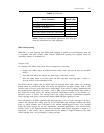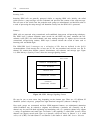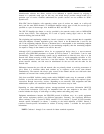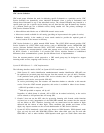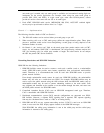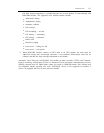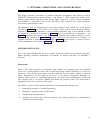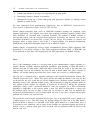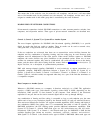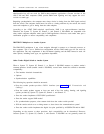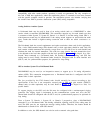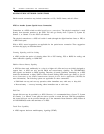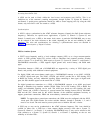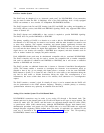
2. NETWORK CONNECTIONS AND CONFIGURATIONS
This chapter provides a description of common connection arrangements with System 85 R2V4,
DEFINITY
®
Communications System Generic 1 and Generic 2. These connections include private
network, public network, and those made through digital signal level 1 (DS1) auxiliary equipment.
Also included is a description of the services provided by each connection, any option restrictions,
and relevant synchronization issues.
The equipment used for completing the end-to-end connection may include any of the options
described in chapter 3, DS1 Transmission and Cabling. These options permit distances between
endpoints of a few feet to thousands of miles. Detailed information, such as that required to install
and administer a connection, is contained in chapter 6, Port Types/Installation Compatibilities, and
chapter 7, Administration Options and Requirements. Common field problems relating to these
connections are described in Appendix B, Sample Installation and Maintenance Problems. A
complete description of synchronization is provided in chapter 5, Synchronization of Digital Facilities,
and loss adjustments are described in chapter 4, The Digital Loss Plan.
NETWORK DIFFICULTIES
Two of the many difficulties that can exist on public and private networks are hyperactivity and glare.
Before describing connection arrangements, the methods for dealing with these two difficulties is
discussed.
Hyperactivity
When a DS1 facility generates an abnormally high stimulus rate originating from and individual
source over a certain amount of time (such as rapid on-hook and off-hook conditions), it is said to be
hyperactive. The call-processing software can not handle the flood of stimuli, resulting in dial-tone
delays. Hyperactivity can be caused by bit errors on the facility, misoptioned equipment, or
hardware failures. Severe or long-lasting hyperactivity can overload the communications system with
more messages than it can process. Without intervention and corrective action, this could result in
degradation or even loss of service on the switch.
On Generic 2, special software handles hyperactivity by executing the following steps:
1.
2.
3.
4.
Detecting the presence of possible hyperactivity
Identifying a suspected source of hyperactivity
Examining the suspected source
Arresting the message flow from the suspected port, usually protecting the communications
system from excessive stimuli
2-1



